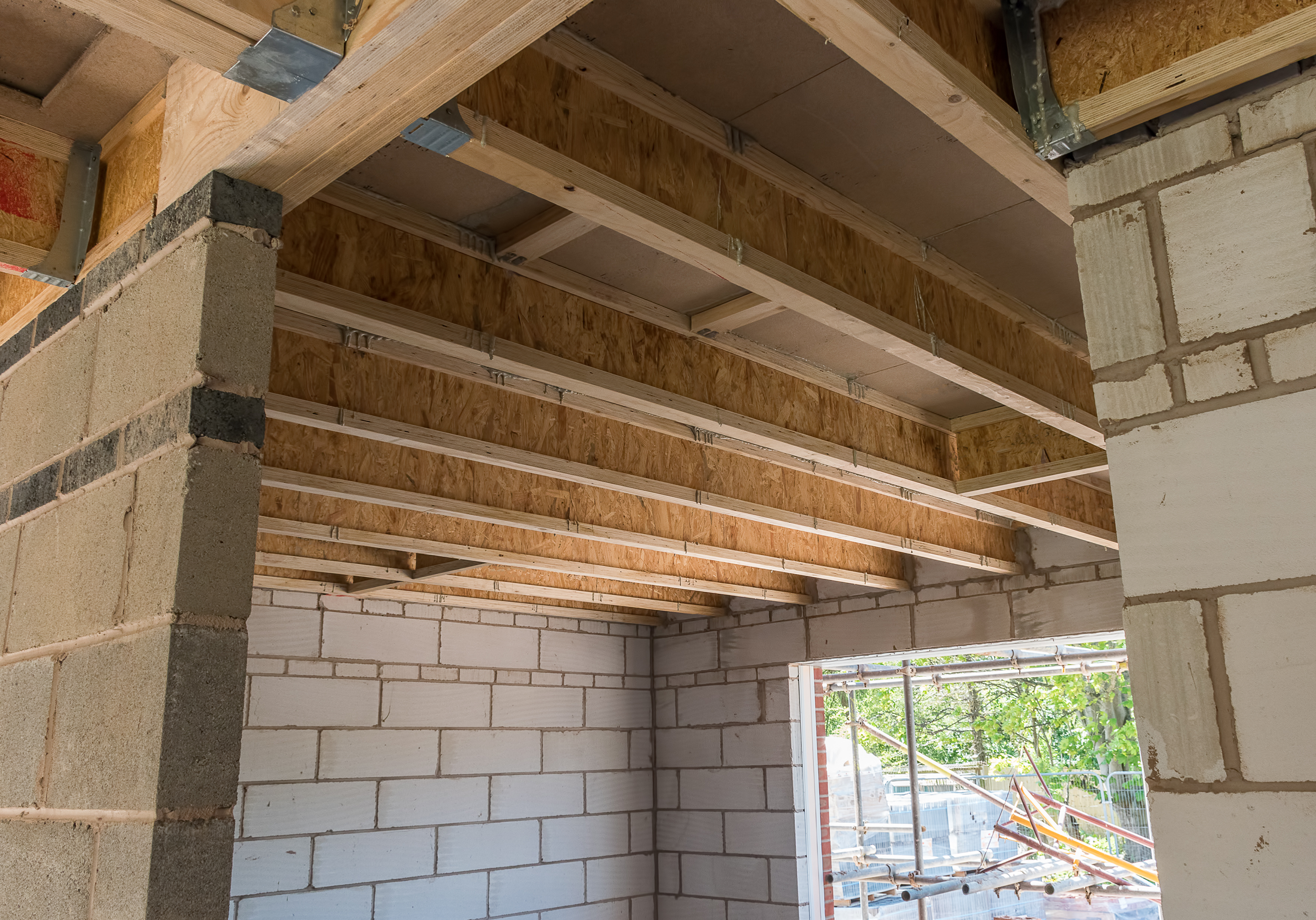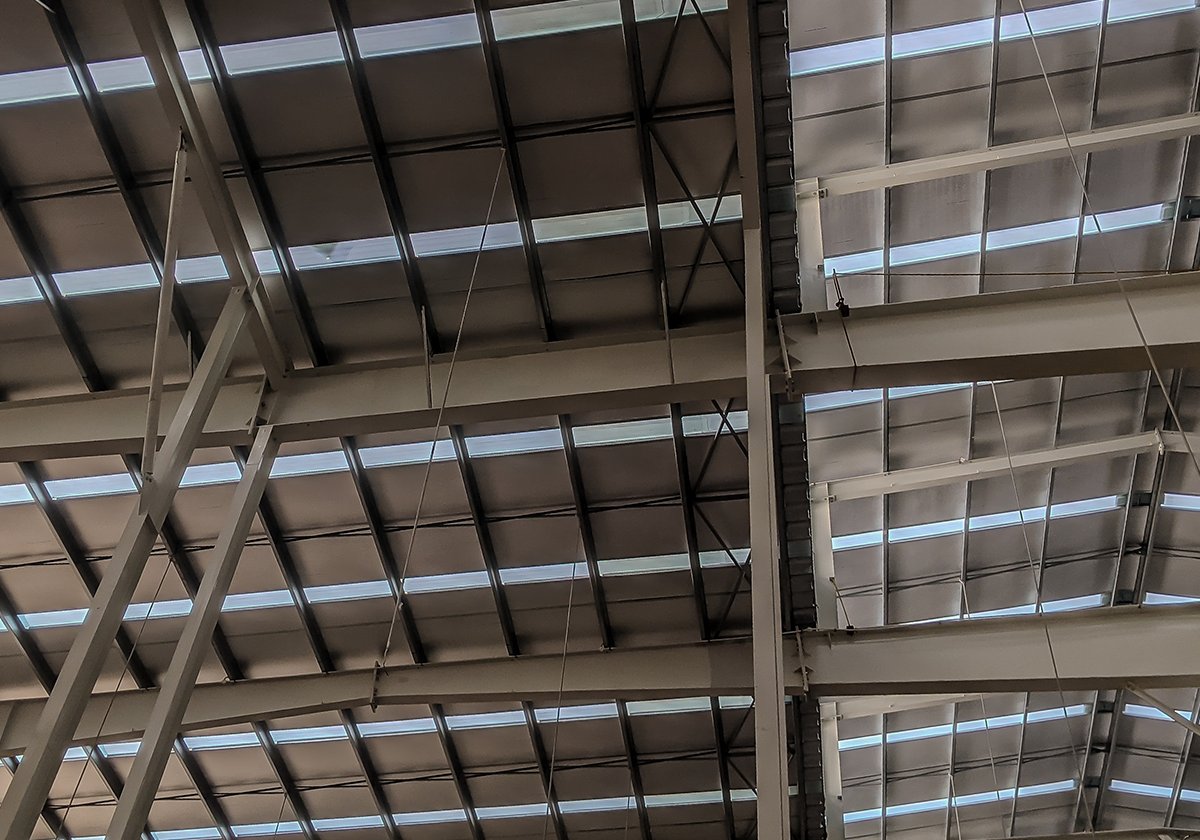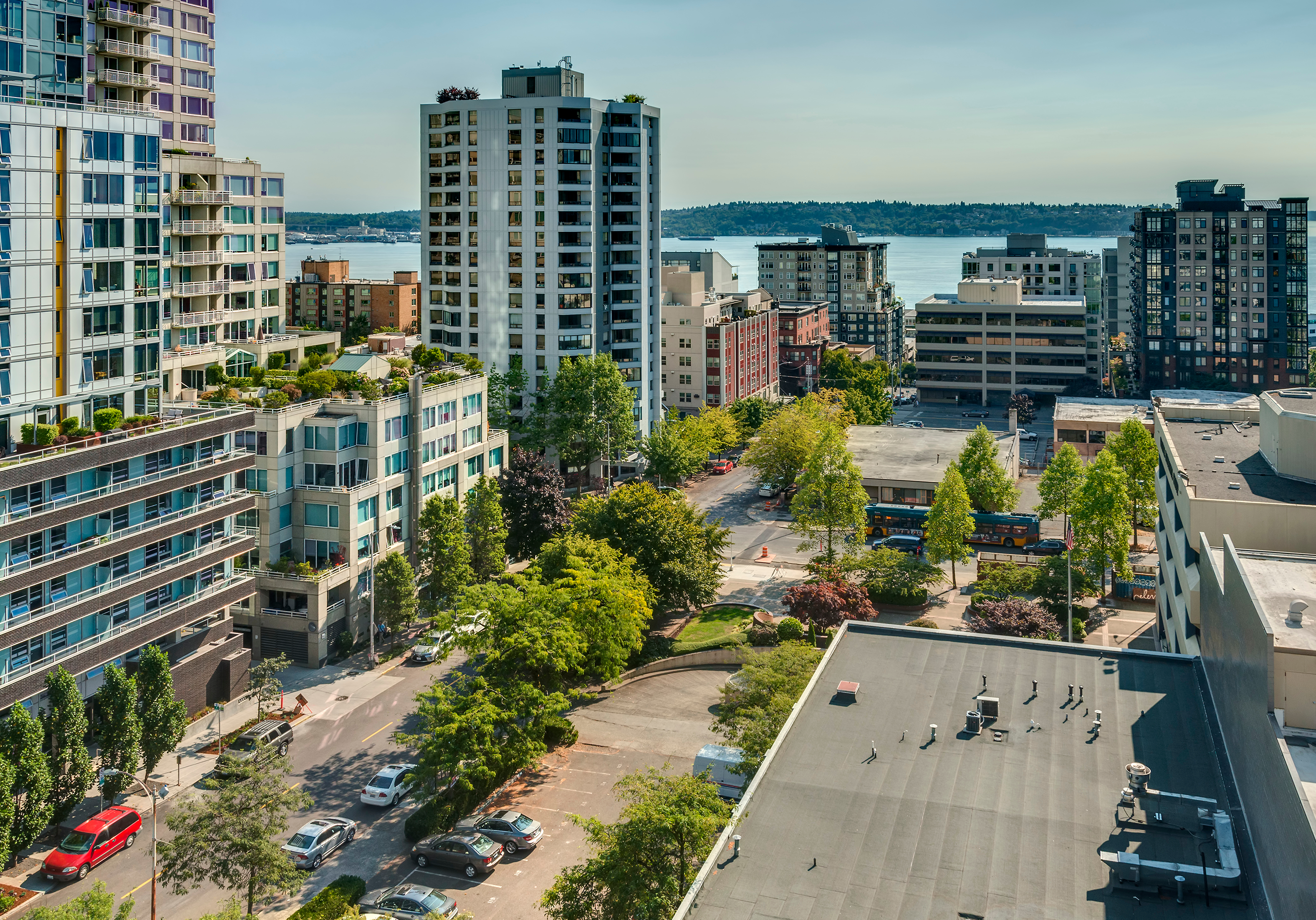Part II of The Basics of Construction Classes series.
Construction Class 2, Joisted Masonry (CC 2) is the most common class for commercial buildings in Washington state. You’ll encounter it frequently, so it’s important to recognize it. In this post, part of our series on the Basics of Construction Classifications, we review the joisted masonry class.
The Commercial Lines Manual (CLM), Rule 15, defines the joisted masonry class as:
“Buildings where the exterior walls are constructed of masonry materials such as adobe, brick, concrete, gypsum block, hollow concrete block, stone, tile or similar materials and where the floors and roof are combustible (disregarding floors resting directly on the ground).” Rule 15.B.2.
Many associate CC 2 with hollow concrete block buildings, which are relatively fast and inexpensive to construct. They are also more durable and fire-resistant than wood, and easy to maintain. But not all CC 2s are hollow block - the construction of exterior walls also comes into play.
Characteristics of exterior walls in the joisted masonry class
- Any type or thickness of load-bearing masonry, including hollow concrete blocks, hollow tile, tilt-up concrete, etc.
- Structural, horizontal, and vertical load-bearing unprotected metal supports are rated as non-combustible
- Non-combustible-rated metal siding or non-load-bearing masonry panels supported by a metal frame
Joisted masonry buildings can feature a variety of floor and roof constructions
- The ground floor is disregarded, thus the flooring can be any material, including concrete, wood, asphalt, cement, etc.
- The roof can be any material on a wood deck.
- Any roof assembly supported by combustible load-bearing construction.
- Metal roof deck with combustible sheathing (e.g., wood sheathing) supported by a metal frame.
Most CC 2 buildings are easy to recognize from the outside. They come in all sizes — from small convenience stores to giant warehouses. Joisted masonry construction is also common in office buildings and habitational dwellings. Like CC 1 Frame construction, there is a four-story maximum for joisted masonry buildings.
The standard-looking office building below is designated CC 2 due to its combustible roof.
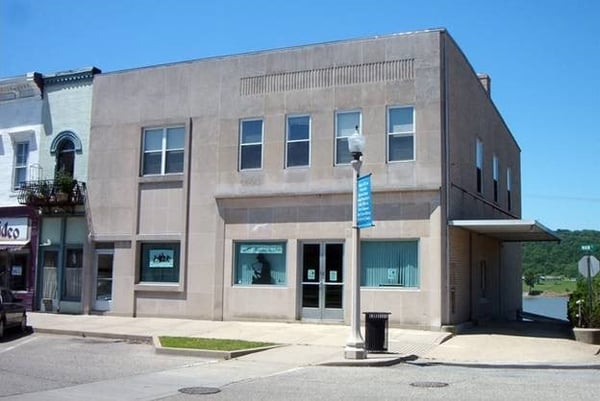 There is a four-story limit for joisted masonry (construction class 2) buildings
There is a four-story limit for joisted masonry (construction class 2) buildings
Related:
WSRB's Essential Guide to Commercial Property Risk Assessment
These rules apply to buildings that are more than 33 1/3% CC 2 construction type, as long as no other portion of the building is 33 1/3% or more of a more combustible construction class.
Though it’s less common, buildings with a metal frame and combustible roof may also be rated CC 2.
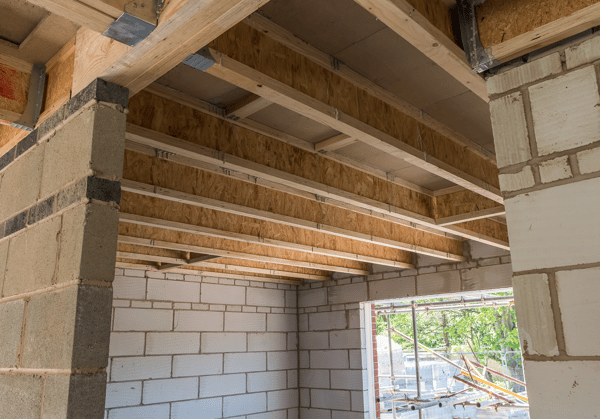 This building is classified as construction class 2 because of its wood decking
This building is classified as construction class 2 because of its wood decking
The above image shows a building with wood decking on glue-laminated beams, supported by metal posts. The wood decking and beams classify this building as a CC 2, even though the interior posts holding the beams are metal.
If you are ever in doubt or have questions about construction type, we’re here to help. And don’t forget: our basic inspection services are always included in your subscription. Log in today to order an inspection.
Be sure to stay informed with similar content by signing up for notifications.




